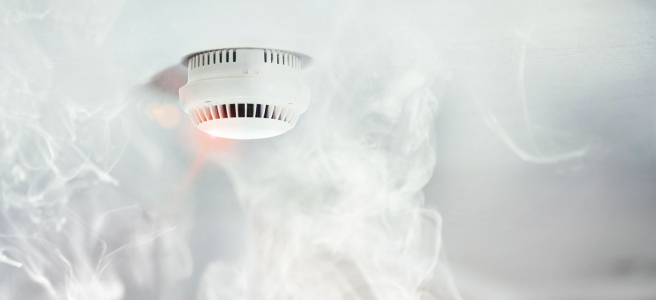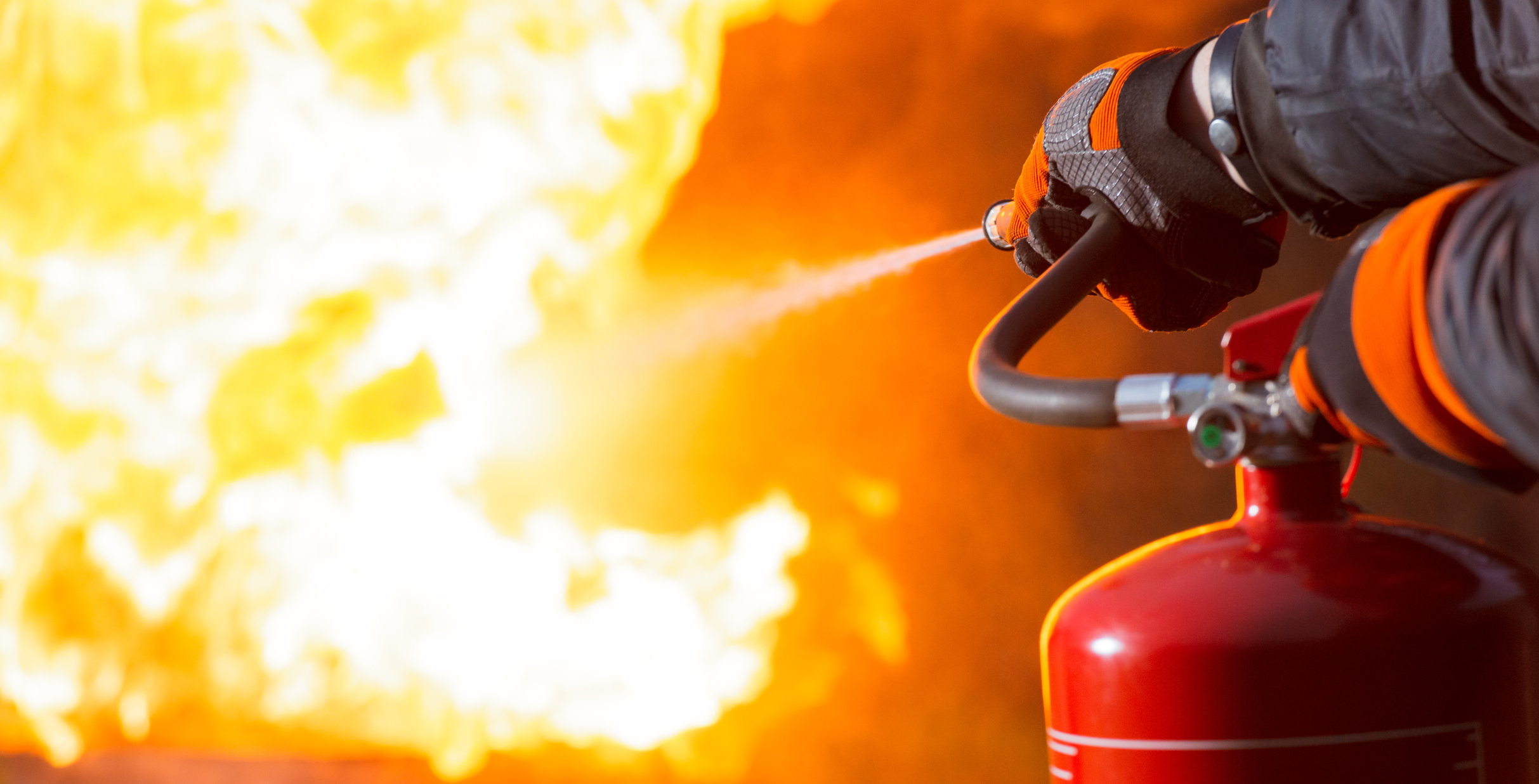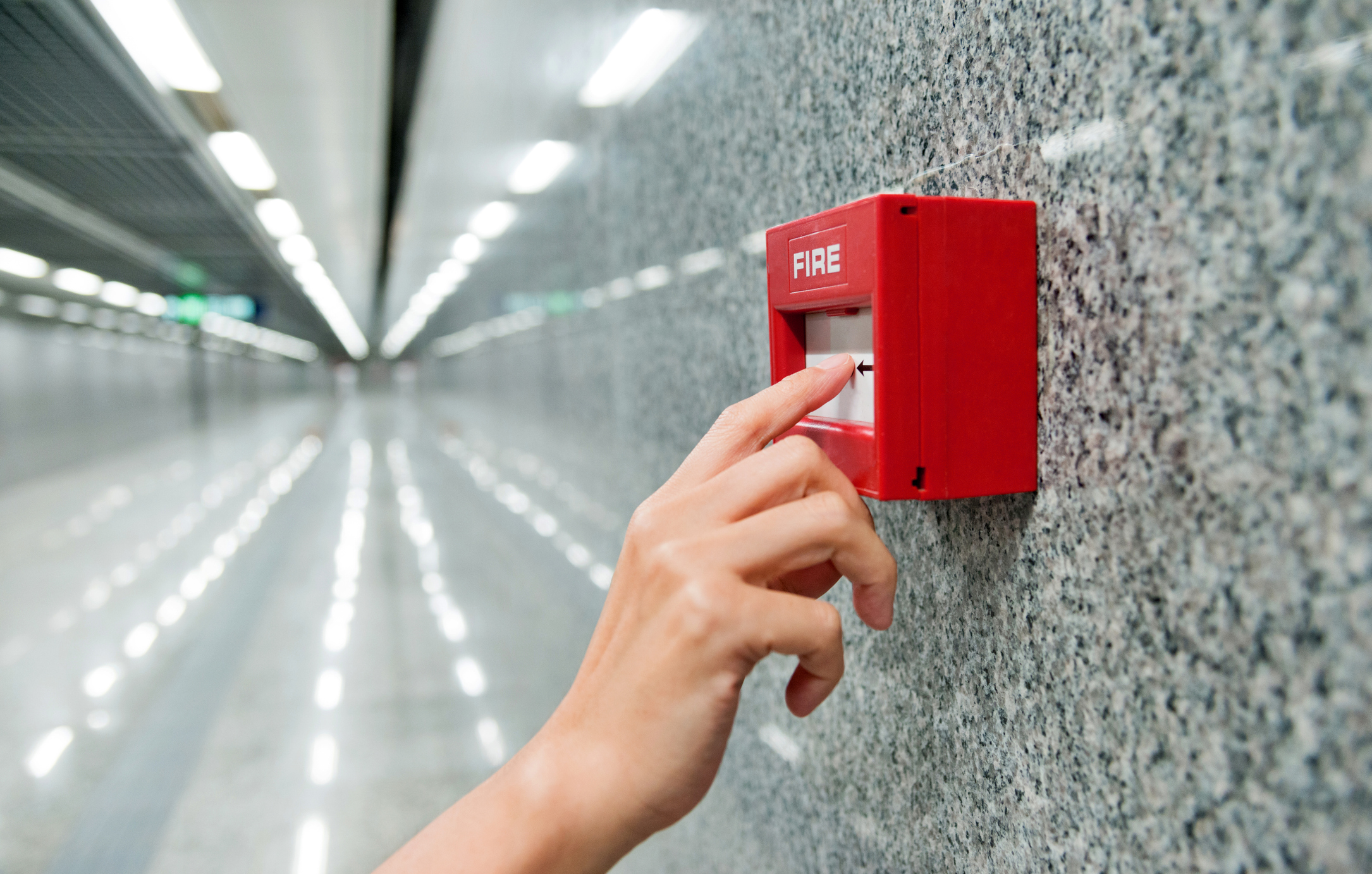
Workplace Fire Safety Checklist
The importance of an effective fire safety plan
We have put together some of our best workplace fire safety tips to help you construct a plan from this checklist. This helps to make it clear who is responsible for what inside the building, as well as making sure everyone has the knowledge needed to get to safety when it really matters. As a business owner, it is always your responsibility to ensure the correct practices are taught to your staff and that they have the right equipment to tackle a fire.
Clear escape routes
While it is easy to put waste or recycling to one side while you quickly help another member of staff, this can easily be forgotten about. This can lead to waste or even large objects and furniture building up in front of escape routes and fire doors. If you want to keep everyone safe, fire doors must be closed and free of obstruction. When a fire really strikes, getting out of the building quickly is the main priority. This is far more achievable in a tidy, clutter-free workplace.
Every escape route needs to be clearly marked and signposted to staff and visitors. This will also help remind staff that it is not an appropriate storage area.
Fire extinguishers
Every business has unique needs and will store different types of materials or liquids. Different fire extinguishers are available to manage different types of fires, such as electrical fires or chemical fires. Staff should know how each varies and which to use depending on the emergency situation they face.
All fire extinguishers need to be serviced and replaced on a regular basis to ensure that they will work when you need them most. Every fire extinguisher should be clearly signposted and remain visible under your emergency lighting.
Fire alarm testing
Once you have the appropriate fire detection and alarm system in place, it needs regular testing and maintenance. Holding regular fire drills once a month is one way to test your alarms and also your entire fire safety plan. It may highlight where staff are lacking knowledge and help you decide on further training.
Sometimes it helps to allocate the testing of fire alarms to particular members of staff as part of their regular duties. UK law states that fire alarms should be tested every 6 months by a ‘competent’ (qualified) person, and weekly by a ‘responsible’ (nominated) person.
Employees
Every employee in your building needs to be aware of your fire safety plan and the preventative procedures you have in place. We recommend incorporating fire safety training into your induction and training process when new staff members arrive. You can also hold refresher sessions as and when needed for existing staff members.
Employees must understand the role they play in preventing a fire. This can be in storing flammable liquids and chemicals according to COSHH regulations or making sure that combustible materials are disposed of in a timely manner and never left near electrical items.
Fire wardens in the workplace
Appointing fire wardens in your workplace is another great way to make employees aware of their workplace fire safety responsibilities. With a few reliable, nominated members of staff, you can also ensure there is always someone in the building that can lead other members of staff during an emergency. You can distribute the responsibility of running fire drills amongst your wardens, to help them feel familiar and confident in the role.
Fire wardens can also help maintain safety procedures around the building. For example, they can remind other members of staff or visitors to sign in and out, making sure you have a reliable register of who is in the building and who might be missing in the event of a fire.
Evacuation plan
Having a workplace fire safety plan is all well and good, but it is crucial that this information is easily accessible to anyone that works in or visits your premises. It is usual practice to have evacuation posters available on each level of your building, indicating the evacuation pathways and highlighting each section of your building in terms of its fire doors or curtains that will delay a fire’s progression.
All of your staff should be able to show you the different pathways out of the building depending on where the fire is located and where they are when they hear the alarm system. They also need to know where your fire assembly point is outside of the building.
Always assess whether you have made an evacuation plan that can be used by everyone. You should have a plan for visitors or staff members with disabilities that may need extra assistance to leave your building safely in the event of a fire.
Check electrical systems regularly
One of the biggest causes of fire in the workplace comes from faulty electrical units. Combustible materials can easily catch fire near exposed wires. Regular PAT testing helps to reduce the chances of faults, damage and wear and tear. If you have someone in charge of maintenance for your building, you may want to ask them to double-check anything you are worried about in between PAT testing.
Anyone using power sockets in your building should try to reduce the number of appliances they are powering with just one socket. A 1:1 ratio is always going to be the best practice and should be maintained wherever possible.
Hopefully now you know everything there is to know about keeping your workplace safe in the event of a fire. If you’re looking for an expert and reliable fire safety provider – please get in touch with a member of the team at Britannia Fire & Security today.




